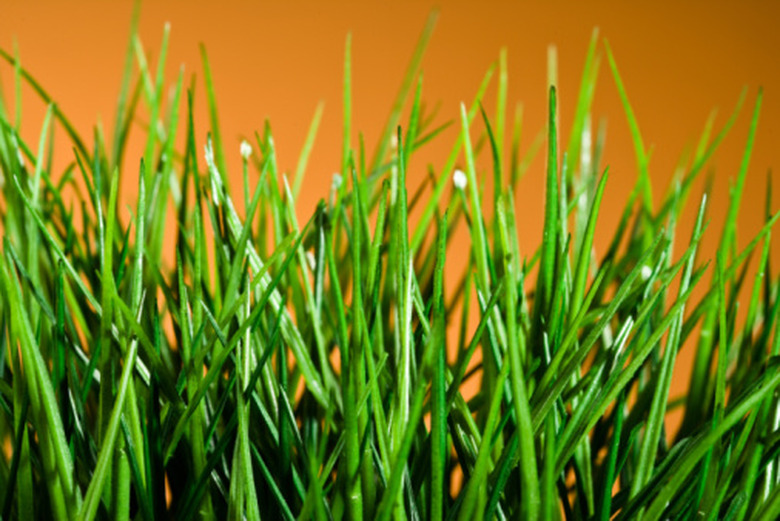How To Get Rid Of Broadleaf Grass
Creating a lawn that is the envy of the neighborhood doesn't happen overnight. It takes much effort, time and materials to grow lush, green grass. One pest that gives many homeowners fits is broadleaf grass. There are many varieties of these weeds, and each is a vigorous grower. Several methods working together can help keep broadleaf grass under control.
Step 1
Obtain a herbicide made specifically for broadleaf grass in the early to mid-spring after the weeds have sprouted, or in mid-autumn. The herbicides designed for broadleaf contain either 2,4-D, 2,4-DP, MCPP or dicamba. Some contain a mixture of these chemicals.
Step 2
Spread the herbicide as a liquid, or sprinkle the grains on the grass as the package directs. Do not use when rain is in the forecast for the next 24 hours, and do not water the herbicide in. Spread the grains early in the morning when dew is on the grass.
Step 3
Avoid spreading the herbicide too close to trees and shrubs. Dicamba should not be used if trees are nearby.
Step 4
Provide basic lawn care to the grass to encourage it to grow and not leave room for more broadleaf weeds to return. Ensure the grass is fed a proper fertilizer at the correct time for your type of grass, and cut the grass at the right height. Each grass variety has different requirements, and knowing what type you have and how best to manage it allows you to keep broadleaf grass from getting a foothold.
